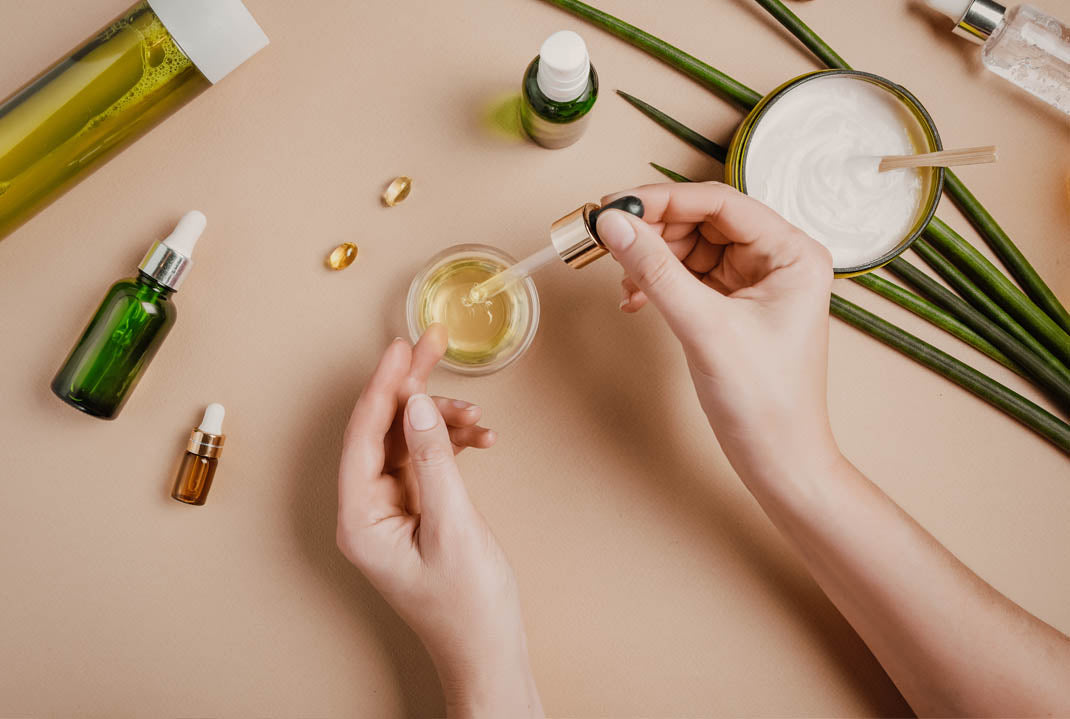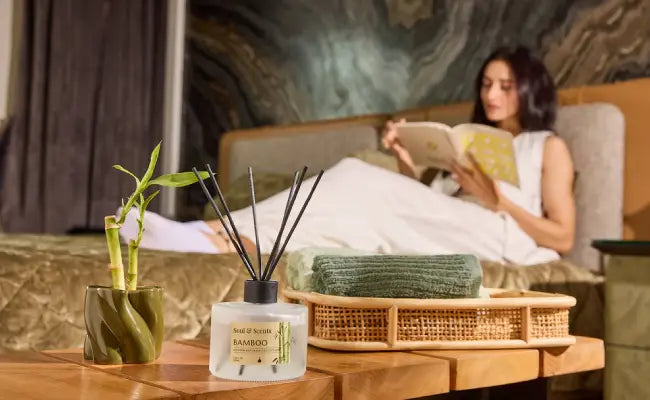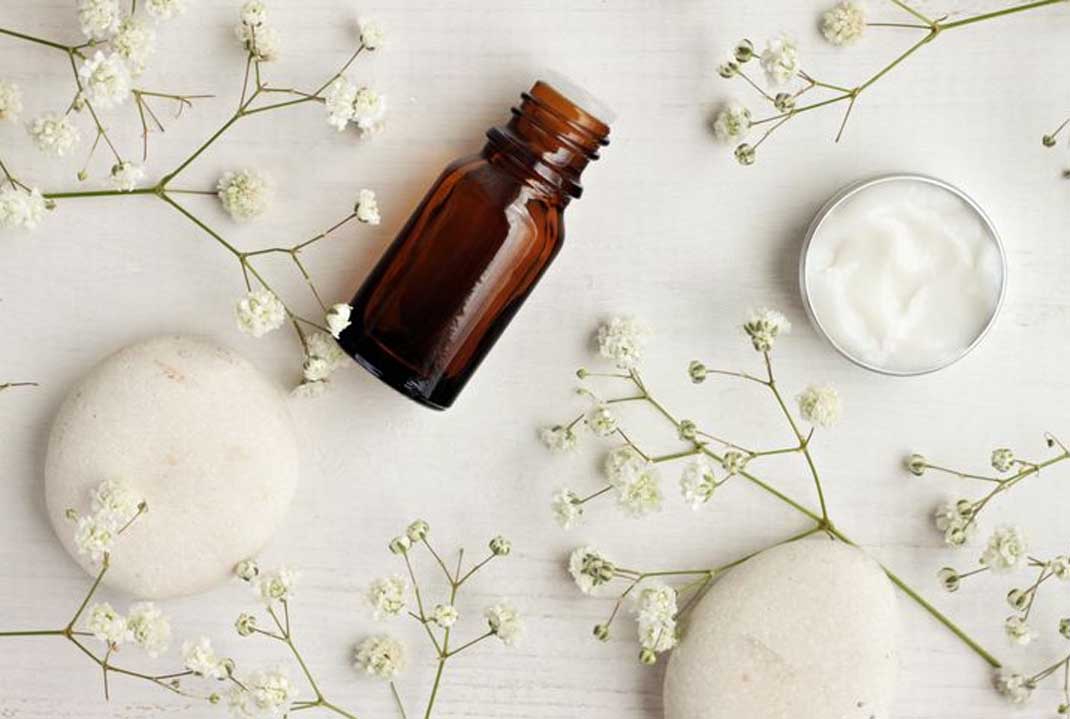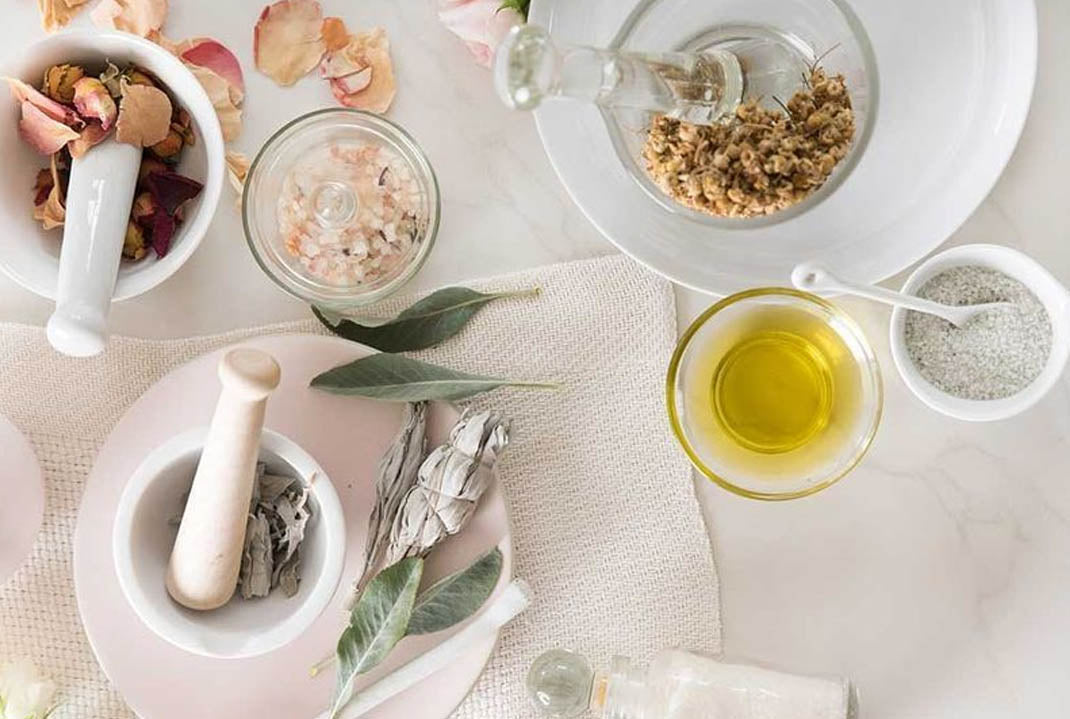
Essential oils – Safety First!
Essential oils, whether applied topically or inhaled, are much safer for use than chemical-based products like household cleaners or additive-laden cosmetics. Essential oils do not linger in the body, building up to toxic levels, and when used properly, they rarely cause side effects.
SAFETY FOR EVERYONE
The essential oils, projects, and blends by Soul & Scents are generally safe for everyone. However, people with individual sensitivities may need to avoid certain oils. Everyone should also observe the following safety precautions:
- To determine whether an oil or blend is safe for you, perform a patch test. Dilute one drop of the essential oil in one teaspoon of carrier oil. Then, use a cotton swab to apply a small amount of the blend to a spot on the inside of your elbow. Cover it with a bandage and check it every 30 minutes for two to three hours for a reaction, such as reddening of the skin or a rash. If you react, wash the spot immediately with soap and water, and do not use that essential oil. Because it is possible to develop sensitivities you haven’t experienced before, if it’s been a while since you’ve used a blend or oil, perform the patch test again.
- Avoid using the oils around the eyes, because they can cause pain and damage.
- Keep oils out of reach of children and pets.
- Always use a carrier oil for topical application because the oils may irritate skin or cause a reaction. Follow the ratios for blends and recipes as instructed in our Made In a Minute Videos.
- Avoid putting oils near flames, as they are flammable.
- Give yourself a break from oils from time to time. Don’t use the same oils or blends day after day, you may build sensitivity. A good rule of thumb for frequently used oils is to use them on a fiveday- on, two-day-off schedule.
- Avoid using essential oils internally unless directed by a qualified practitioner. Because oral use may be ineffective or even dangerous, none of the recipes by use call for oral administration.
- If you’ve ever experienced a sensitization reaction to any essential oil (may appear as skin breakouts, hives, sensitivity, itchiness, and redness), do not use that oil again.
- Check with your doctor if you are taking medication to ascertain there are no possible interactions or contraindications between the meds and the oils.
- Some essential oils may increase photosensitivity for up to 24 hours after topical application. Use cautiously in the sun.
- When making your own essential oil blends, try to maintain between 1.5 percent and 3 percent of the solution of essential oils, or about three drops of essential oil per two teaspoons of carrier oil





Leave a comment
This site is protected by hCaptcha and the hCaptcha Privacy Policy and Terms of Service apply.